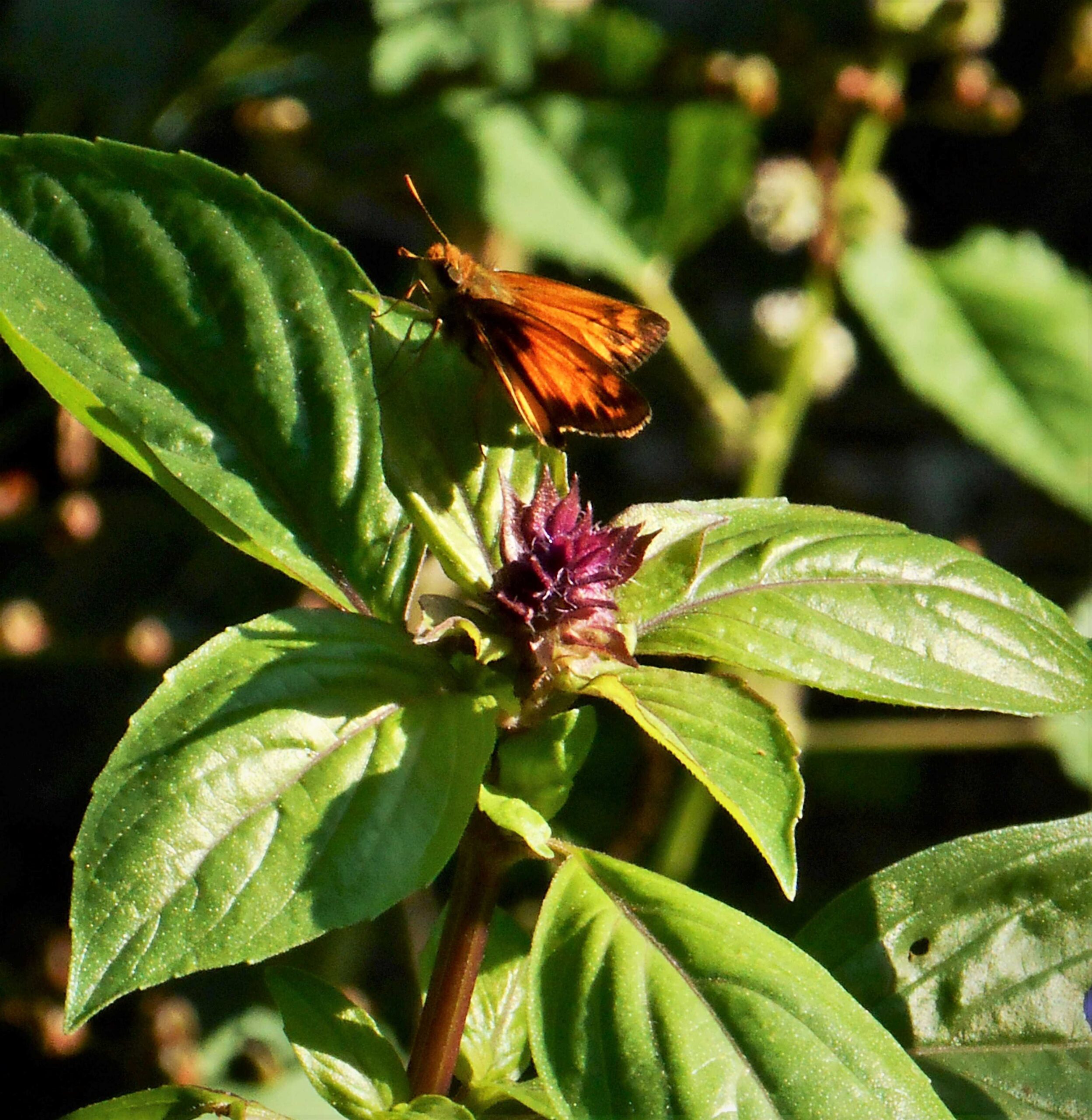Mountain Laurel, A Native Shrub to Love
I love finding mountain laurel growing in large, lovely masses in the wild. Its creamy pink flowers glow softly in the forest. Wild mountain laurel, Kalmia latifolia, sometimes grows along the undeveloped banks of creeks and rivers in Eastern Virginia. It grows as an understory shrub in our oak, beach and pine forests. These evergreen shrubs, almost small trees, simply blend into the fabric of the woods through much of the year before bursting into bloom, suddenly elegant and...










